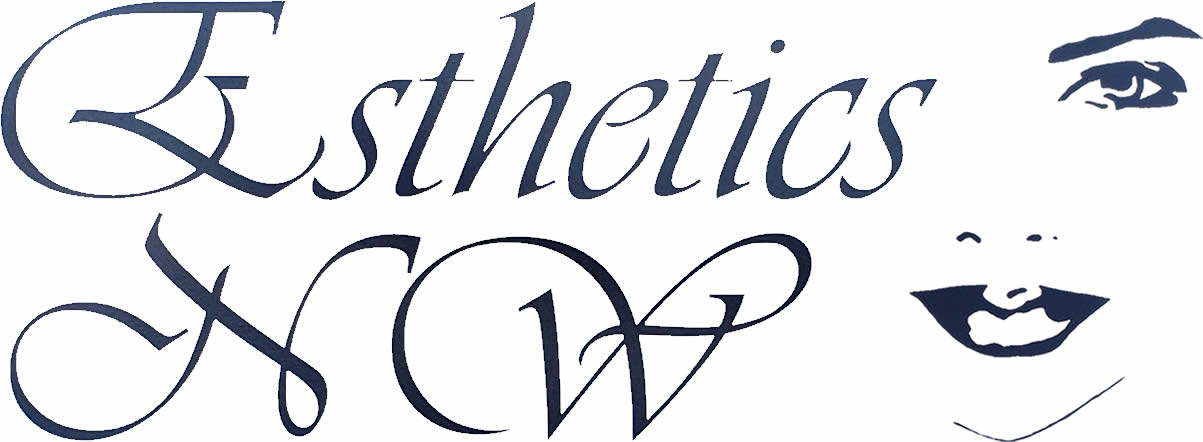Having to undergo chemotherapy is a challenge in itself but some of the drugs that are necessary to treat the cancer can bring their own set of challenges to the skin. According to Dermatology Times, November 5, 2014 review of a research report from the European Medical Journal Dermatology the new generation of anticancer drugs are more apt to cause skin reactions than their predecessors. In addition to hair loss and drying out of mucous tissue, skin side effects can range from mild widespread dryness to severe debilitating issues.
Here are 5 key points:
* Wide spread skin dryness and papulopustular rash (acne like) are known skin side effects of epidermal growth factor receptor (EGFR) inhibitors. These inhibitors include cetuximab, erlotinib, gefitinib, lapatinib, panitumumab. EGFR eruptions do not have comedones, instead they present at a rash and their severity is related to improved tumor response and survival.
*A side effect called hand foot syndrome because it most commonly occurs on the palms of the hand and soles of the feet occurs in 30-60% of patients. If you develop these symptoms be sure to advise your doctors so it can be managed.
In mild to moderate hand-foot syndrome, the following symptoms may occur on the palms of the hands and/or the soles of the feet:
Redness (similar to a sunburn)
Swelling
A sensation of tingling or burning
Tenderness (sensitive to touch)
Tightness of the skin
Thick calluses and blisters on the palms and soles
Symptoms of severe hand-foot syndrome include:
Cracked, flaking, or peeling skin
Blisters, ulcers, or sores on the skin
Severe pain
Difficulty walking or using the hands
*Paronychia, an infection that occurs around the nails, affects 10-30% of those receiving EGRF inhibitor therapy.
*Cranial radiation therapy and neuroleptic drugs, (antipsychotic drugs that are now being used to treat other disorders), can trigger a variety of skin rashes.
*Studies have shown that hydration, antimicrobials, sterile tissue, protective ointment, and specific dermatological therapies can reduce the side effects of chemotherapy and radiation therapy. It is important to be aware of and manage skin dryness and see dermatologist if there are signs of peeling, blistering, bleeding or pain. Your dermatologist or esthetician may be able to provide you with skin care products with ingredients that have been shown to be helpful in research studies. These ingredients include: calendula, corticosteroids, topical sodium hyaluronate, urea and allantoin. Plain, non-scented, lanolin-free hydrophilic (water based hydrating) creams may help prevent radiation skin reactions.


It’s interesting to learn about skin health and chemotherapy. I didn’t know that treatments for cancer could cause so many skin issues. My dad has prostate cancer, so I’ll have to warn him about his skin.
I hope your Dad’s treatments go well and he is back to his top self soon. Just thing soothing, calming and hydrating…. and protect from the Sun!